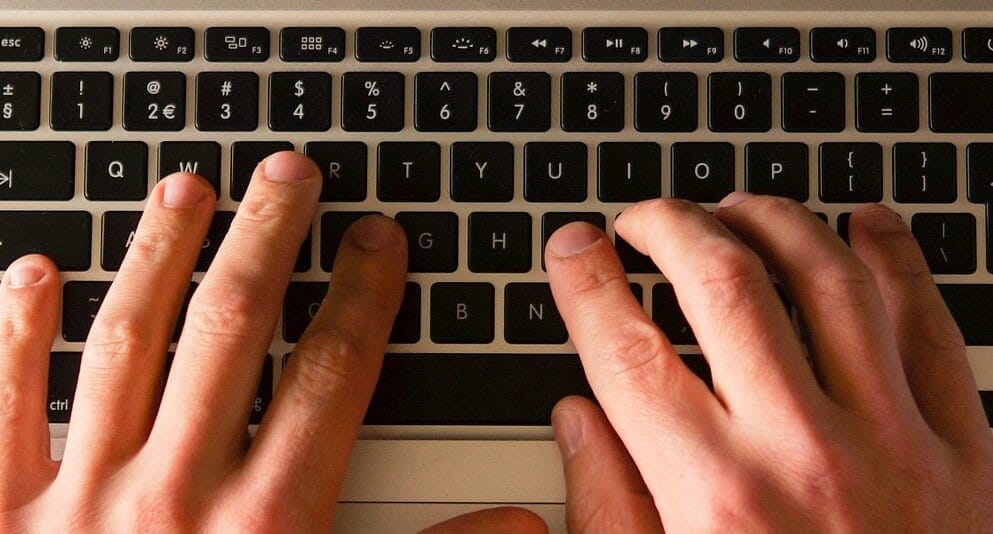When exposing yourself to the media you want to ensure that your personal brand and reputation are positively represented. Providing a media kit to journalists is a fast, simple and effective method of telling the media who you are and what you do.
There are a number of ways to format a media kit from a one page hard copy document, to a multiple paged PDF or even a website page. There is no wrong or right way, however you should consider what is most appropriate for the intended receiver. If you have scheduled a face-to-face meeting then it is expected that you present a hard copy media kit in a folder with a soft copy ready to send if preferred.
Remember that the media kit is an expansion of your business card, but it is not a portfolio of all your clients and strategies. You need to be clear and concise and provide relevant information to ‘win’ the journalists interest.
When preparing a personal media kit keep the content professional and express what makes you stand out from other personal brands. Unlike a business media kit, personal brands do not need statistics and prices of services. Instead, relevant articles and images of you are more appropriate for news articles and editorials. Whether you are building relationships behind closed doors or in the public eye, it is important to provide concise information to effectively express who you are, what you do and what you have to offer.
Here are 6 must have sections in your personal brands media kit;
- Introduction
Writing a bio on yourself is not always a straightforward task, it is easy to get lost and elaborate on experiences that are not overly relevant to the intended receiver. Be sure to express yourself clearly, mentioning what you do, your strengths and what makes you influential and stand out from others.
- Articles
Now it’s time to back up what you’ve said. Choose two or three articles you have written that reflect your expertise and influence. Ideally, the selected articles are published by organisations other than your personal website, as this adds credibility to your reputation.
- Services
Are you a business mentor, an investor or an expert in the field? Whichever category fits you, highlight the services you offer and briefly state what the receiver will get out of each service. It is important to identify the outcome so journalists clearly understand what to publish and who to direct it towards.
- Awards
Listing relevant awards and events you have participated in gives credibility to your personal brand. As you are expressing yourself it is important to demonstrate your influence and achievements without listing statistics of your work. Show rather than tell – create a package filled with your highlights, let your articles and awards speak highly of you.
- Photos
Include at least three corporate photos in your media kit, as journalists can publish these images rather than sourcing your selfies. Corporate photos give authority to your personal brand and give a professional first impression of you and your work.
- Contact
The concluding section of the media kit should have clear instructions on how to contact you. Include your name, title, email, phone, mailing address and website. If your LinkedIn and social media platforms are also used as a method of contact, be sure to include these, too.
Your personal brand is your personal reputation. If you follow these must have sections, the media kit will showcase snippets of your success and inform the journalists of exactly how to best represent you in the media.




